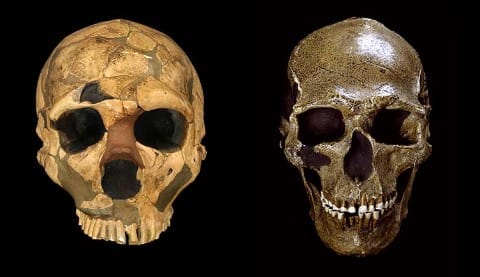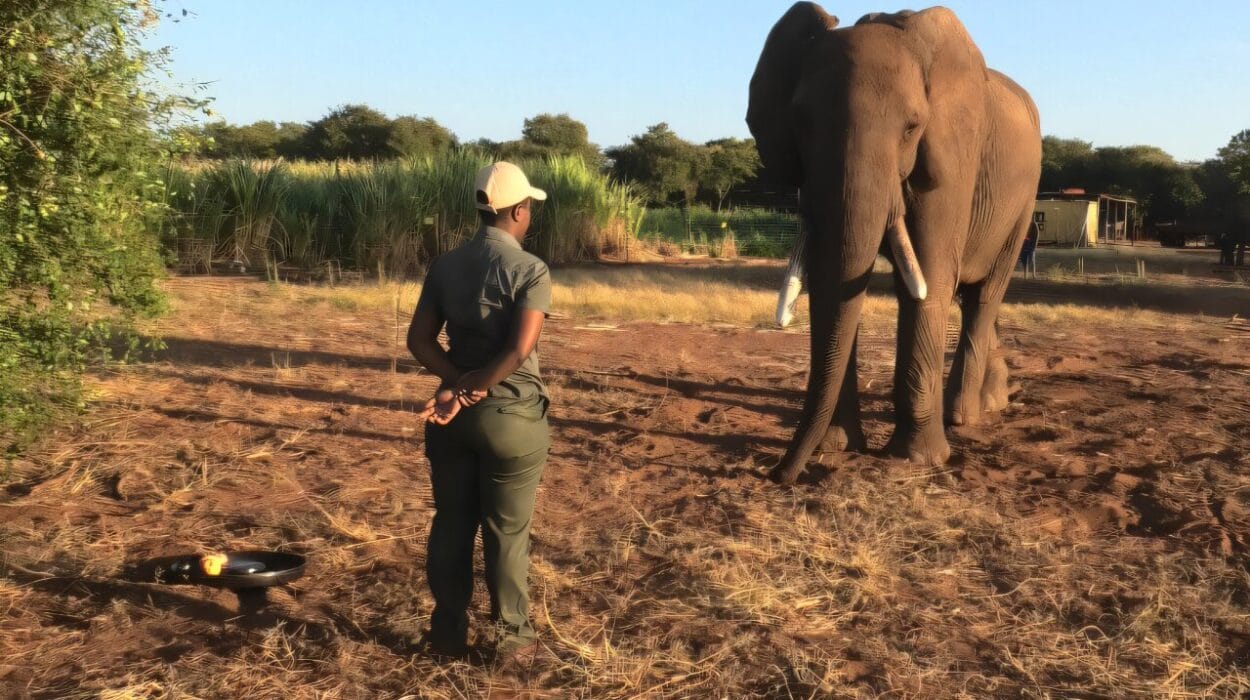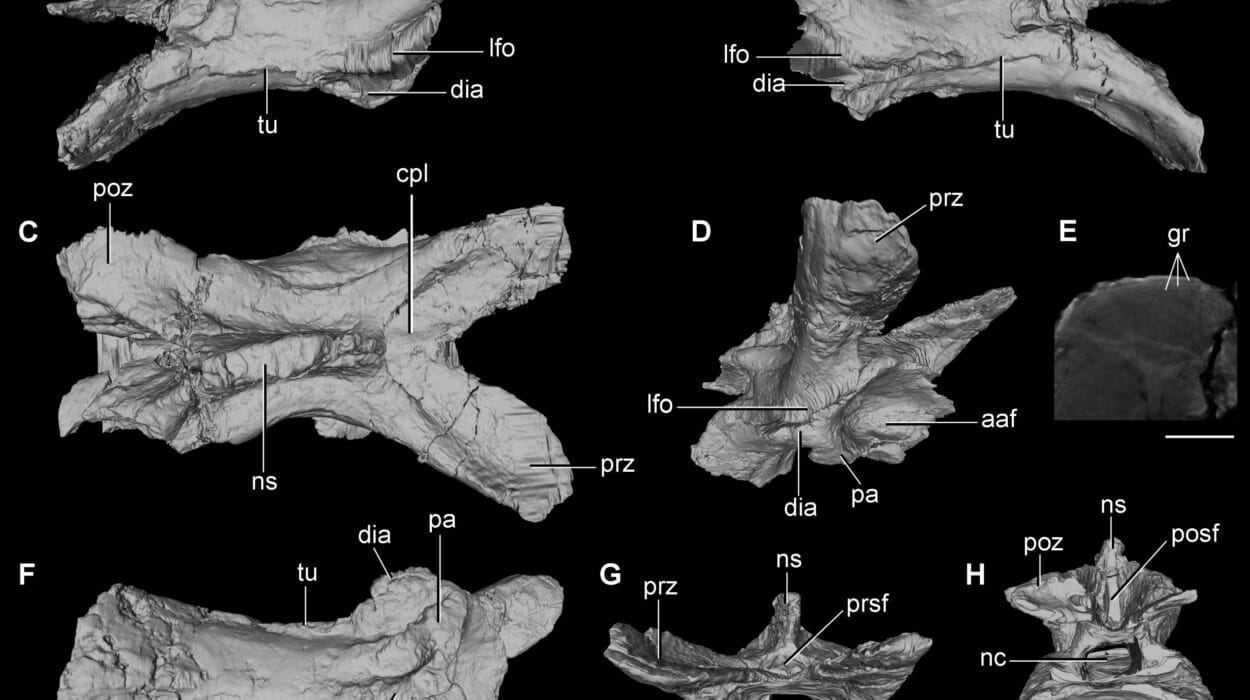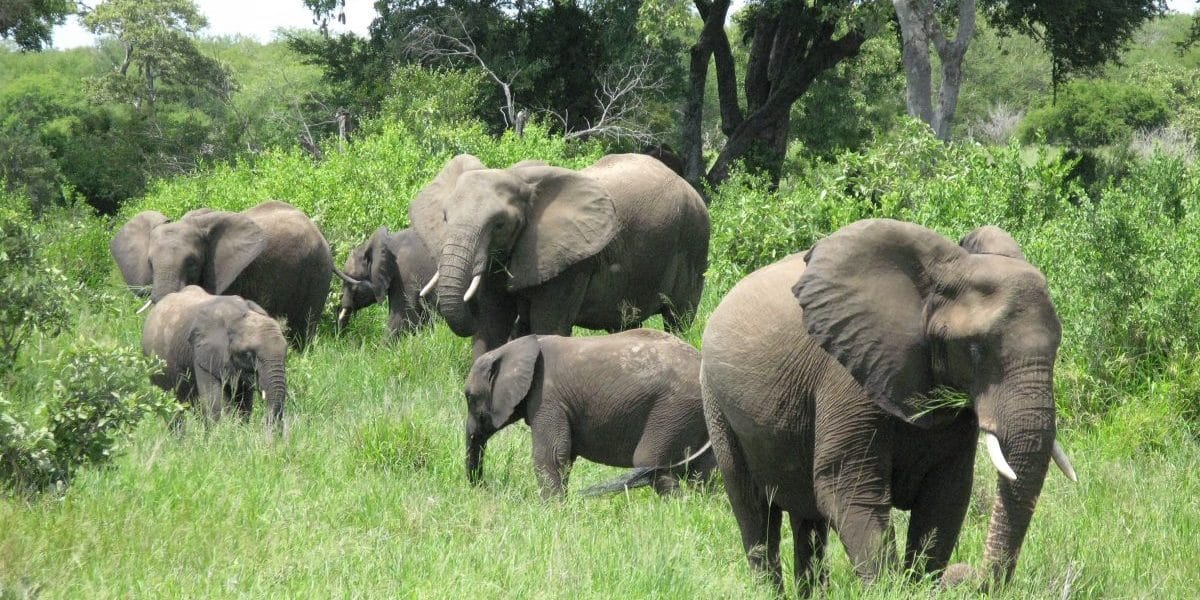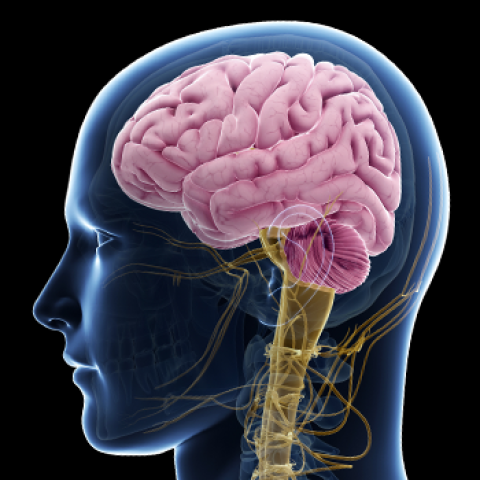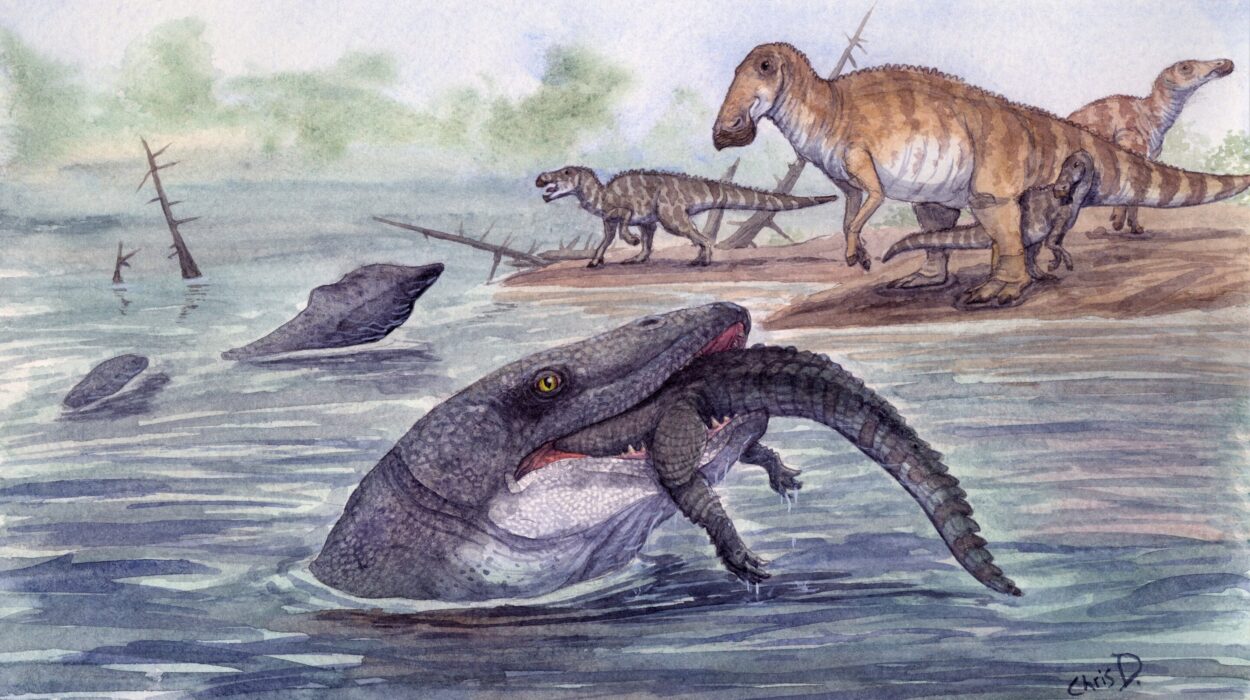Long before skyscrapers etched their outlines into the clouds, before cities pulsed with the heartbeat of electricity, and before written language carved memory into permanence, there were two kinds of humans who walked the Earth. One was Homo sapiens—us. The other was our closest cousin, Homo neanderthalensis—the Neanderthal.
Their bones rest now in ancient soils, but once, they were alive, vibrant, and complex. They hunted under the same skies, built fires in the same caves, and, as we now know, even loved and bred with one another. Yet they are gone, and we remain. Why?
To understand the difference between Neanderthals and Homo sapiens is not just a question of bones or brain size—it’s a story about what it means to be human. It’s a story of survival, adaptation, and identity. And like all good stories, it’s layered with mystery, discovery, and a deep emotional resonance.
Shared Origins in Deep Time
Both Neanderthals and Homo sapiens are members of the hominin family—a lineage that diverged from our common ancestor with chimpanzees around 6 to 7 million years ago. Our evolutionary path is not a ladder, as we once imagined, but a sprawling, tangled tree of branches—some of which withered away, others that still flourish.
Neanderthals and modern humans share a common ancestor likely to be Homo heidelbergensis, a hominin species that lived around 600,000 to 800,000 years ago. Around 400,000 years ago, one population of Homo heidelbergensis in Europe began adapting to the cold, harsh climate of Ice Age Europe. These were the ancestors of the Neanderthals.
Meanwhile, another group remained in Africa. These would slowly evolve into modern humans, adapting to the shifting climates and open savannas of the African continent. Around 300,000 years ago, Homo sapiens emerged in what is now Morocco.
So from the beginning, our stories are not separate but interwoven. We are not opposites. We are kin.
What They Looked Like
If you stood face-to-face with a Neanderthal, the differences would be obvious—but subtle enough to leave you unsettled. They were human. Yet not.
Neanderthals were shorter and stockier than modern humans. Males averaged about 5 feet 5 inches (165 cm) and weighed around 165 pounds (75 kg), with dense bones and powerful muscles. Their bodies were adapted to the cold—broad chests, short limbs, and large noses that warmed the frigid air.
Their faces were strikingly different. Neanderthals had prominent brow ridges, receding chins, and elongated skulls. Their brains were, on average, slightly larger than those of modern humans—around 1,500 cubic centimeters compared to our 1,350. But brain size doesn’t necessarily equate to intelligence. It’s how the brain is wired that matters most.
Homo sapiens, by contrast, have more gracile builds—taller, leaner, and more flexible in form. Our skulls are more globular, our foreheads higher, and our faces flatter. These anatomical changes weren’t just cosmetic. They may reflect shifts in cognition, communication, and social behavior.
Minds Behind the Bones
The mystery of Neanderthal intelligence has fascinated scientists for generations. For decades, they were portrayed as brutish, dull-witted cavemen—a narrative rooted more in prejudice than in evidence. But the truth is far more nuanced.
Neanderthals made sophisticated tools—far beyond simple hand axes. They crafted blades, scrapers, and even glue from birch bark, which required heating it in the absence of oxygen—a complex process known as dry distillation. They hunted in coordinated groups, brought down massive animals like mammoths, and used fire for warmth and cooking.
There’s evidence that they wore clothes, decorated themselves with pigments, and may have practiced rudimentary medicine using plants like yarrow and chamomile. In Shanidar Cave in Iraq, a Neanderthal skeleton was found buried with pollen from flowers, suggesting some form of burial ritual or at least symbolic behavior.
But the most haunting question remains: Did they have language?
The answer is tantalizingly close to yes. Anatomically, Neanderthals had a hyoid bone similar to ours—a key structure in the throat necessary for speech. They possessed the FOXP2 gene, which is involved in language processing in humans. Yet whether they spoke in fully developed languages or a proto-language of gestures and sounds remains speculative.
Homo sapiens, however, took symbolism and language to astonishing new heights. We painted animals in ochre and charcoal on cave walls, carved figurines of fertility goddesses, and fashioned bone flutes that sang the music of emotion. Our capacity for abstract thought and metaphor may have been what ultimately set us apart.
Cultural Worlds Apart
While both species had culture, the complexity and breadth of Homo sapiens’ cultural explosion is without parallel.
Around 70,000 years ago, a revolution in cognition may have occurred—a “cognitive leap” that allowed Homo sapiens to imagine, plan, and communicate like never before. We invented myths, created art, and structured societies around shared ideas. This gave rise to what cognitive scientists call “collective intentionality”—the ability to participate in institutions, religions, and cultures not grounded in the physical world but in shared belief.
This was something Neanderthals may have lacked or possessed to a far lesser extent. Their artifacts show continuity over hundreds of thousands of years, while Homo sapiens’ technology and cultural expression evolved rapidly, adapting with agility to new environments.
This difference, subtle at first, may have been decisive in the long run.
Encounters at the Edge of the World
Homo sapiens began migrating out of Africa around 60,000 to 70,000 years ago. As they spread across the globe, they eventually encountered Neanderthals in Europe and western Asia. What followed was not war or conquest, but something more complex—and deeply human.
They interbred.
Genetic studies have confirmed that most non-African humans today carry between 1 to 2% Neanderthal DNA. This means that the encounter was not a brief collision—it was a relationship that lasted for generations. The Neanderthals live on in us. Their genes influence aspects of our immune system, skin color, and even neurological traits.
But interbreeding wasn’t enough to save them.
By around 40,000 years ago, Neanderthals vanished. The last known populations may have survived in isolated pockets, such as Gibraltar, but their numbers dwindled, and their culture disappeared into the silence of extinction.
Why Did Neanderthals Disappear?
The extinction of the Neanderthals remains one of the great mysteries of prehistory. There is no single answer—only a mosaic of possibilities.
Climate change certainly played a role. The Ice Age brought cycles of brutal cold that altered habitats and reduced the availability of game. Neanderthals, adapted to cold environments, may have struggled to cope with rapidly shifting ecosystems.
Demographic fragility was another factor. Their population was never large—estimated at around 70,000 at its peak. Small populations are vulnerable to extinction due to disease, inbreeding, and environmental stress.
Competition with Homo sapiens likely contributed as well. We may have outcompeted them for resources, driven game into new territories, or simply been more adaptable. Our wider social networks allowed knowledge to spread farther and faster. While Neanderthal groups were likely small and isolated, Homo sapiens built alliances across vast distances.
There’s also a haunting possibility: maybe the Neanderthals were simply absorbed into us. If their genes live on in our DNA, perhaps they did not vanish entirely. Perhaps they became us.
The Legacy in Our Genes
Today, the legacy of Neanderthals is written in our very cells. The traces of their DNA can be found influencing everything from our immune responses to our sleep patterns.
Some Neanderthal genes help modern humans respond to certain pathogens. Others are associated with traits like skin pigmentation and hair texture—adaptations to northern climates that we inherited.
But not all inherited traits are beneficial. Some variants have been linked to increased risk of depression, nicotine addiction, and even susceptibility to severe cases of COVID-19. These genes are evolutionary baggage—useful in ancient environments, perhaps harmful in modern ones.
The Neanderthal is not a relic. It is a whisper in your genome, a part of the ancestral chorus that still hums in your blood.
What Makes Us “Us”?
If Neanderthals were intelligent, capable, and even beautiful in their own right, why do we still distinguish ourselves so sharply from them?
The difference may lie not in intelligence, but in cognitive flexibility. Homo sapiens can form social bonds with strangers, imagine futures that have never happened, and cooperate in large groups through shared narratives. These abilities gave rise to trade, agriculture, cities, and eventually, science.
We built pyramids and spacecraft. We sequenced the genome and mapped the cosmos. We invented the internet—a planetary nervous system of thought. All of this is rooted in that mysterious leap of imagination that our ancestors made somewhere in Africa.
But with that capacity comes responsibility. The story of the Neanderthals is a reminder that intelligence alone does not guarantee survival. They were no less noble, no less worthy. They simply lost the race against change.
Echoes in the Cave
In a cave in southwestern France, handprints stretch across ancient walls. They are over 40,000 years old. Some belong to Homo sapiens. Others may belong to Neanderthals. The two species lived in the region at the same time, perhaps even side by side.
Were these prints a form of communication? A signature? A cry into the dark?
We may never know. But their presence is poignant. Across millennia, two species reached out to mark their existence. Only one remains to witness it.
Yet in that witnessing, we redeem them. To remember Neanderthals is to acknowledge that humanity is not a single thread, but a tapestry of trials, triumphs, and transformations. They were not our inferior. They were a different version of what it meant to be human.
Conclusion: Kindred Minds
The difference between Neanderthals and Homo sapiens is not merely in bones, brains, or genes. It lies in the stories we tell, the cultures we build, and the futures we imagine. But in the most profound sense, we are not so different.
Both species stared into firelight and wondered. Both lived, loved, lost, and left traces behind.
In the quiet galleries of museums and the echoing chambers of caves, we can feel their presence—not as distant others, but as kindred minds.
To ask what makes us different from Neanderthals is to ask what makes us human. And sometimes, the answer is not found in separation, but in connection.
